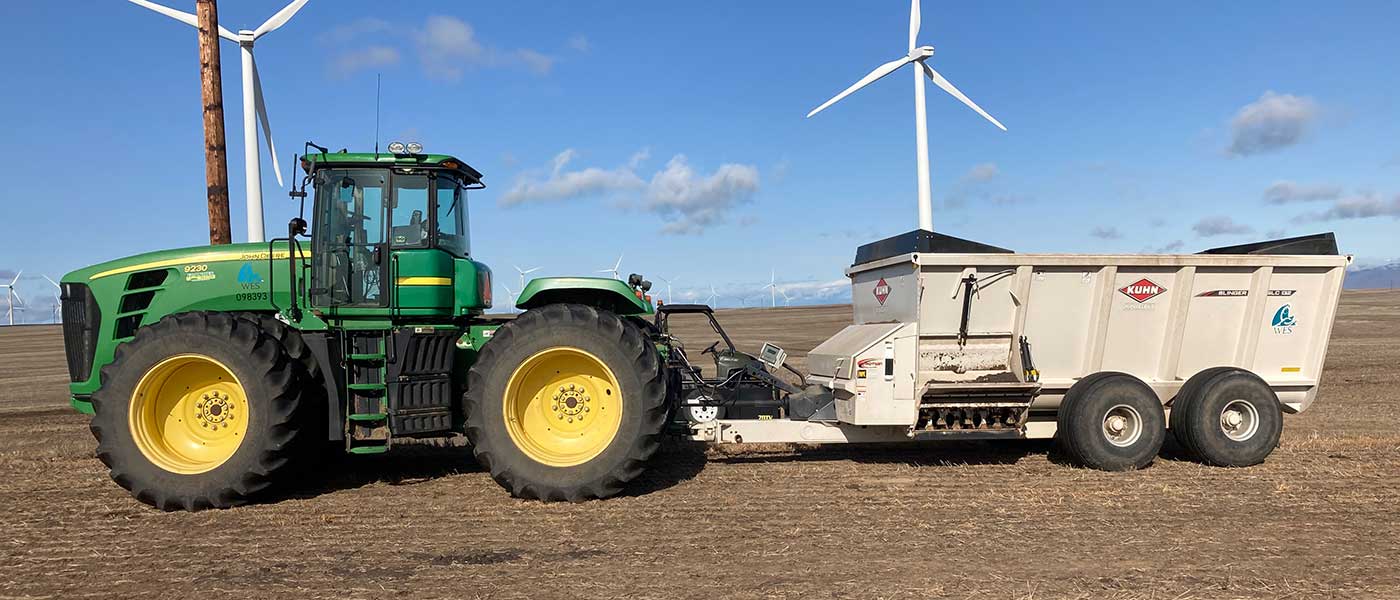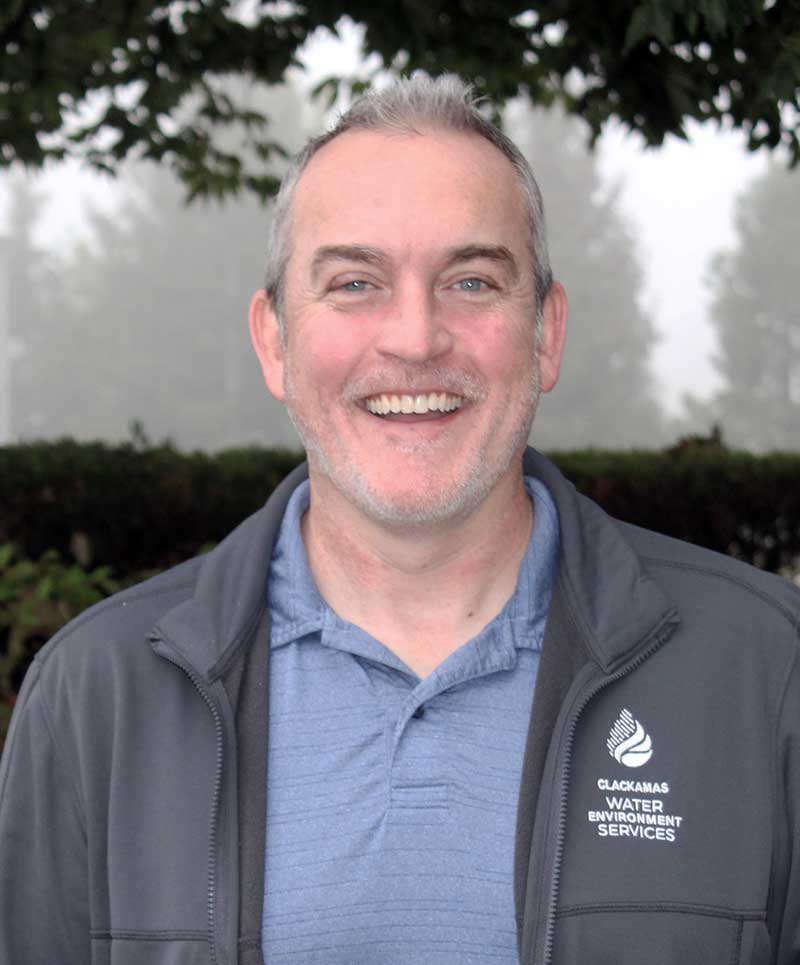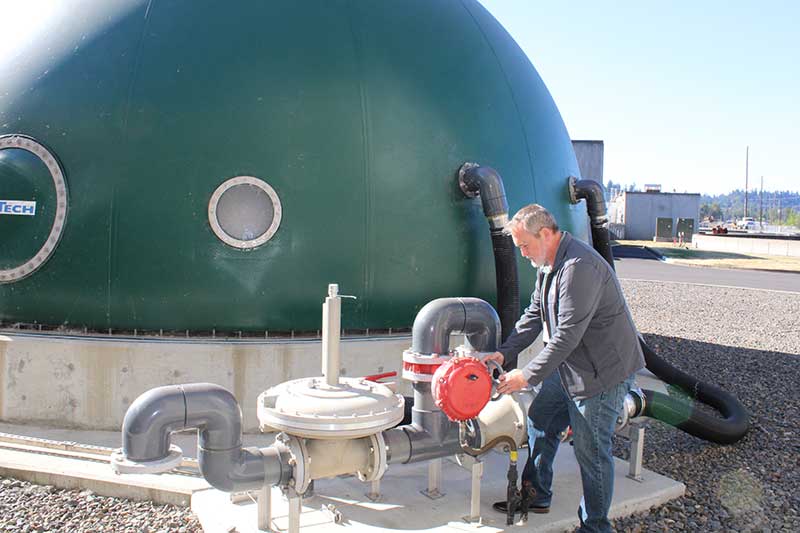
 Terrance Romaine
Terrance Romaine
Resource Recovery
Supervisor at WES
B.S. in Biology and M.S. in Environmental Technology Management
“Growing up in Arizona, I quickly realized how important water is as a resource not only for humans but to maintain sensitive ecosystems. Water is a precious resource, but what I didn’t realize until I started working in the industry is that we can create resources from the treatment process that can be used for beneficial purposes.
Knowing that I can have a direct impact on our environment because of the work WES does to treat and recover valuable resources motivates me every day. The work WES does helps protect the public and improve the ecosystem we all enjoy. The quality of our effluent and our recovered resources have significant impacts on the next generations.”
Wastewater isn’t something most people think about on a regular basis. But at Clackamas Water Environment Services (WES), employees are always doing their best to make sure each home in its service district has the cleanest water possible.
WES treats more than seven billion gallons of wastewater each year. If you are having trouble visualizing what seven billion gallons looks like, consider that it is enough water to fill more than 166 million bathtubs!
The process to clean and treat the wastewater is efficient. After the cleaning and treatment, the water is returned to the river. But what happens to the leftover waste removed from the water? The answer can be found in the process at our water resource recovery facilities. Resource recovery means we recover and convert materials long considered to be waste into valuable byproducts.
As used water enters the water resource recovery facility, solids are put through biological and physical processes that separate them from water. The separated solids are mixed and heated in large tanks, where they are broken down and used as food by microorganisms in a process called anaerobic (absence of oxygen) digestion.
Anaerobic digestion destroys harmful bacteria and produces a product called biosolids, which contain nitrogen, phosphorous, and micronutrients that improve soils, reduce erosion, and retain water. WES’ biosolids are used as a soil amendment for farmers. Each year, WES transports about 11,000 tons of biosolids to farmers with non-food crops in eastern Oregon, which eliminates their need for expensive fertilizers.
In addition to water and solids, WES also recycles gas. A 600-kW, lean-burn engine at the Tri-City Water Resource Recovery Facility is connected to the digester tanks. As the digesters break down organic waste, methane gas is produced. At many facilities, methane is typically wasted by burning or flaring. The engine, instead, converts the methane into heat and renewable energy, enough to offset nearly half of the facility’s energy use.
All of this recycling means less landfill waste, less air pollution, and a healthier environment for us all.

The methane is stored in a dome that is then used to power and heat the facility.
 Translate
Translate





